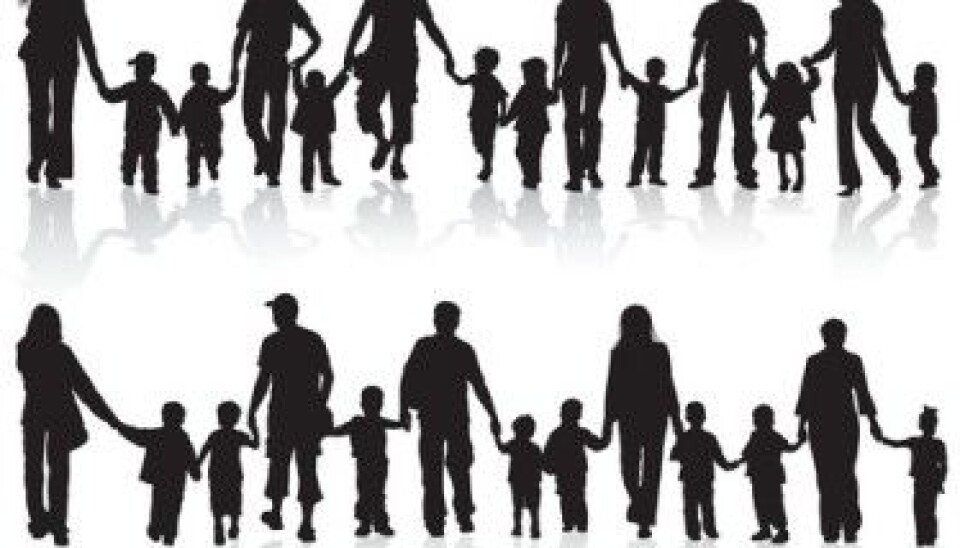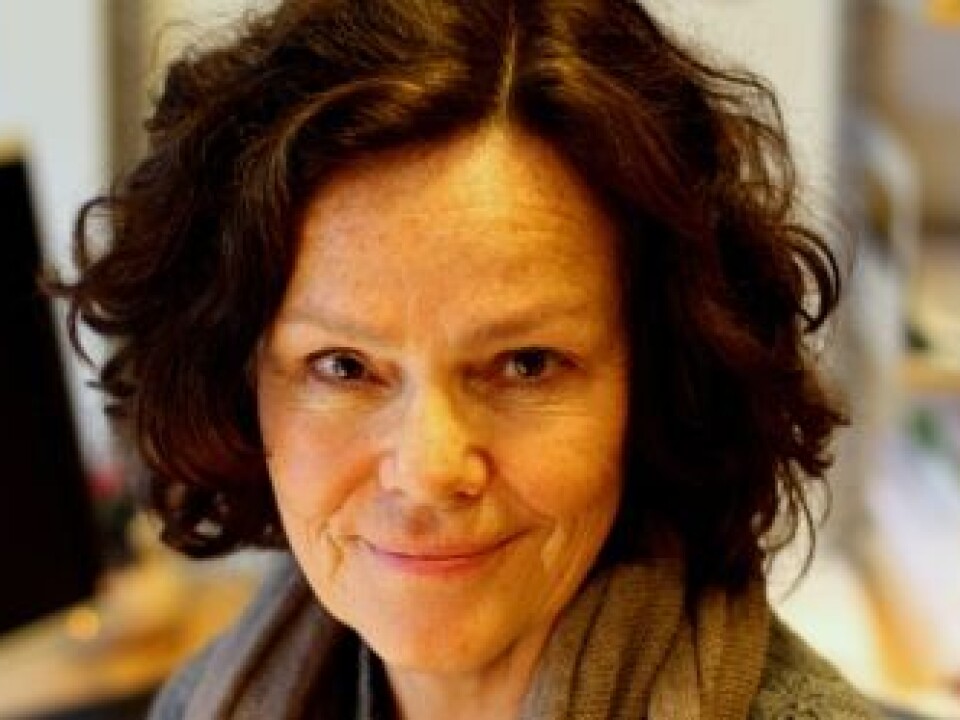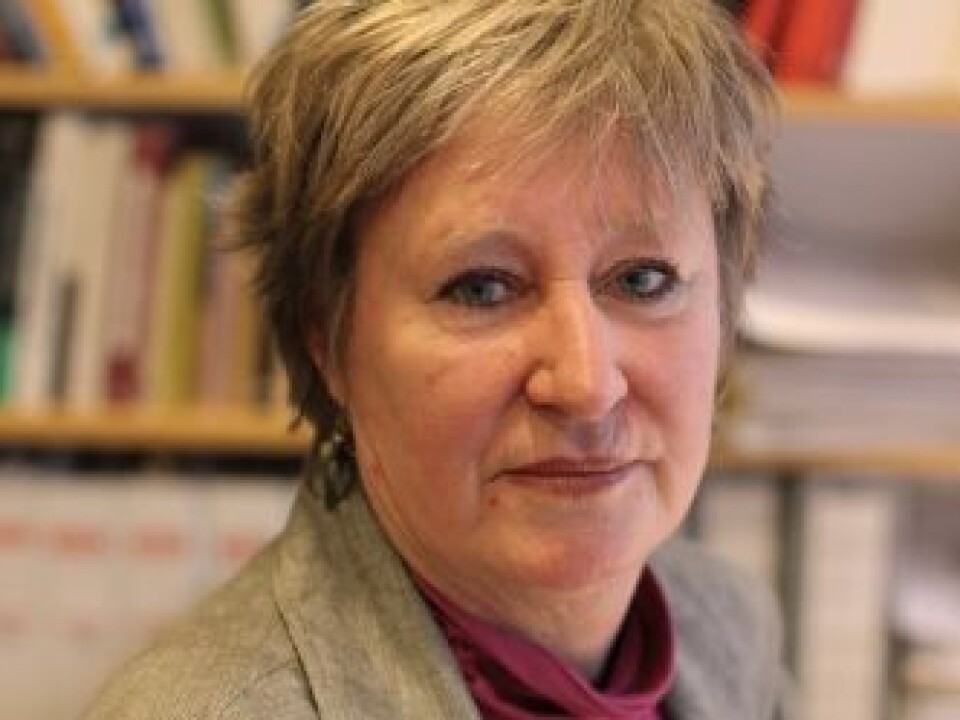An article from KILDEN Information and News About Gender Research in Norway

Different family forms thriving and accepted
Cohabitation, gay marriage and single parents, "bonus children" and "bonus parents": the modern family is alive and healthy, but it may look a little different than it used to, especially in welfare states like Norway.
Denne artikkelen er over ti år gammel og kan inneholde utdatert informasjon.
"Those who believed that the family would disintegrate from the changes that have taken place over the past four decades were in many ways mistaken", says Professor Anne Lise Ellingsæter.
Ellingsæter and Professor Karin Widerberg are editors of the new anthology "Families of the welfare state – New sociological perspectives" (In Norwegian: Velferdstatens familier – Nye sosiologiske perspektiver).
What kinds of families form in a welfare state such as Norway? And in what ways have these families transformed the welfare state? What is a family? Who provides for the family? Will the different ways of being a family today eventually lead to its disintegration?
These are among the questions addressed by the contributors to this new anthology.

"There have been some dramatic changes over the past decades, not only in terms of legislation and regulations, but also in terms of how people live together as families. Our aim is to present new research and to describe the changes that have taken place," says Widerberg.
"These are changes that can be measured statistically, such as responsibilities at home and income, as well as changes in terms of how we understand these changes," she says.
Financial rights
Ellingsæter says that one of the main ambitions of the book has been to shed light on the historical background that has helped fuel changes in how we live as families.
"A number of the articles provide historical perspectives. Jorun Solheim, for example, examined the kind of family that has been characteristic of northwestern Europe since pre-modern times. The woman’s right to inherit from her husband was a central right. This is the foundation of some of the family patterns we see today, but its dimension has been underestimated."

Solheim shows that a family structure that is particular to northwestern Europe - the nuclear family – in which the spouses are central, is characteristic of this part of the world.
In other parts, the extended family is the organising principle for family structures. From early on, women from northwestern Europe had legal rights to the family’s financial resources and property. This was uncommon in most other cultures, Solheim says.
The family’s resources and property have been regarded as shared between the spouses. Thus women have been able to enjoy financial security and stability both within the marriage and in cases of widowhood or divorce. However, the judicial rights concerning the family are now changing to the benefit of individual rights, says Solheim.
Children of divorced parents become divorcees
"Another aim of the book has been to dig deeper into contemporary issues. We are trying to conceptualise our new observations and address some common perceptions of what is happening today, as can be seen in the chapters on family and immigration and in Karin’s article on divorce," says Ellingsæter.
Widerberg adds that "this is the first era in our part of the world where many of the young couples who are now in the process of divorcing were themselves children of divorced parents."
"Will people who experienced divorce as children manage their own divorce process differently from those who didn’t experience their parents’ divorce during childhood?" Widerberg asks. "This is a new phenomenon. What sorts of consequences can be expected? How do they organise their divorce, and how do they organise their families?"
Widerberg and Tone Kummen report in one article on an increase in shared custody of children among divorced parents. They have also found that many fathers become more actively involved as parents following a divorce.
Moreover, they emphasise that shared custody is more common among people with higher education and people who are employed than among those without a higher education or a job. The way people organise their families after a divorce is related to their social class, Widerberg and Kummen say.
The family remains
Although the book addresses the changes and transformations that have taken place in the modern family, a number of the articles show that many factors have remained the same.
"People are still establishing their lives together in family-like ways, but they do it differently now," Widerberg says.
"More kinds of family forms are generally accepted. This has been shown by Turid Noack and Torkild Lyngstad in their contribution on transformations in relationships and families over the last fifty years. The most important change is the emergence of cohabitation in Norway. Another significant change is that more couples split up now," she adds.
"Some scholars claim that the increase in accepted family forms is a source of instability. Those who opposed the political changes that have been made concerning family life fear that this increase will cause the dissolution of the family. I think they are mistaken. I believe that a higher degree of equality and the recognition of several family forms may be a source of stability in the long run," Ellingsæter says.
"The new Marriage Act, which includes gay couples, is a good example," she adds. "These people embrace the traditional institution of the family. They have fought for the right to be treated the same as everybody else in this regard. This is indicative of how highly the family is valued. Family and children are extremely significant in Norwegian society."
The economy prevails
Ellingsæter says there are a number of ways that the welfare state has been significant in transforming the family.
"The nuclear family is financially facilitated by the welfare state. I was recently a guest researcher at the European University Institute in Florence. I met a Spanish researcher there who told me that as a result of the financial crisis, people in Spain are increasingly living together as extended families rather than as nuclear families. People move in together to share resources and split expenses," says Ellingsæter.
The editors note that sociologists have often studied the family as an arena for the interaction of emotions and culture, but are less likelty to look at issues of law and economics.
Thus it is significant that a number of the contributions in the book examine the financial aspects of the family.
For instance, Kari Skrede and Kenneth Aarskaug Wiik's article shows that household labour is often more equally divided between men and women in families where the woman’s income is equal to or higher than that of her partner. In families where the man has the higher income, the partners tend to divide household responsibilities according to more traditional patterns, where the woman does a larger share of the work.
"This demonstrates the importance of equalisation of income. It is an underlying principle of economic rationality," says Ellingsæter.
Moreover, Ellingsæter shows in her article that economic equalisation is closely connected to the family policy of the welfare state.
"Usually it is said that the family policy contributed to maintaining class distinctions, but I would claim that the family policy has contributed to the equalisation of class distinctions in the northern countries. Women of all social classes are employed. This is peculiar to the Nordic model."
"A significant distinction between the Nordic countries and countries in southern Europe is that women from all social classes in the north have income-producing work. Women with higher education are employed in all countries regardless of the country’s family policy. But in northern countries, the majority of mothers without higher education are also employed," explains Ellingsæter.
"In this regard, I think that the emphasis of childcare availability comes into play. Since it is not too expensive to have children in childcare in Norway, this practice has spread throughout all social classes. Among all children between three and five years of age, 97 per cent are in childcare, and 90 per cent among those between one and five."
Childcare places followed
"The recipients of the Norwegian 'cash-for-care' benefits have decreased from 75 to 25 per cent in ten years. Interestingly, however, we have only seen a very small increase in maternal employment over the same period. It appears from this that mothers have been working all along, but there was a shortfall in childcare places," says Ellingsæter.
Women have entered the job market and childcare availability has slowly followed, she explains. When the Kindergarten Act was implemented in 1975, there was a general agreement that everyone who wished to do so should be able to place their children in childcare. But it took nearly forty years until there was full childcare coverage.
"Arnlaug Leira addressed this problem as early as 1992, and she is a contributor to this new book," Ellingsæter says. "The social welfare system did not force women out on the job market. Rather, women wanted to work and demanded the benefits that we have today, which makes it possible for them to do so."
"It is important to realise that families are significant players in creating the changes that have occurred. It is not that families are exposed to external forces and simply have to adjust to them. Families also change society," she says.
Translated by: Cathinka Hambro


































